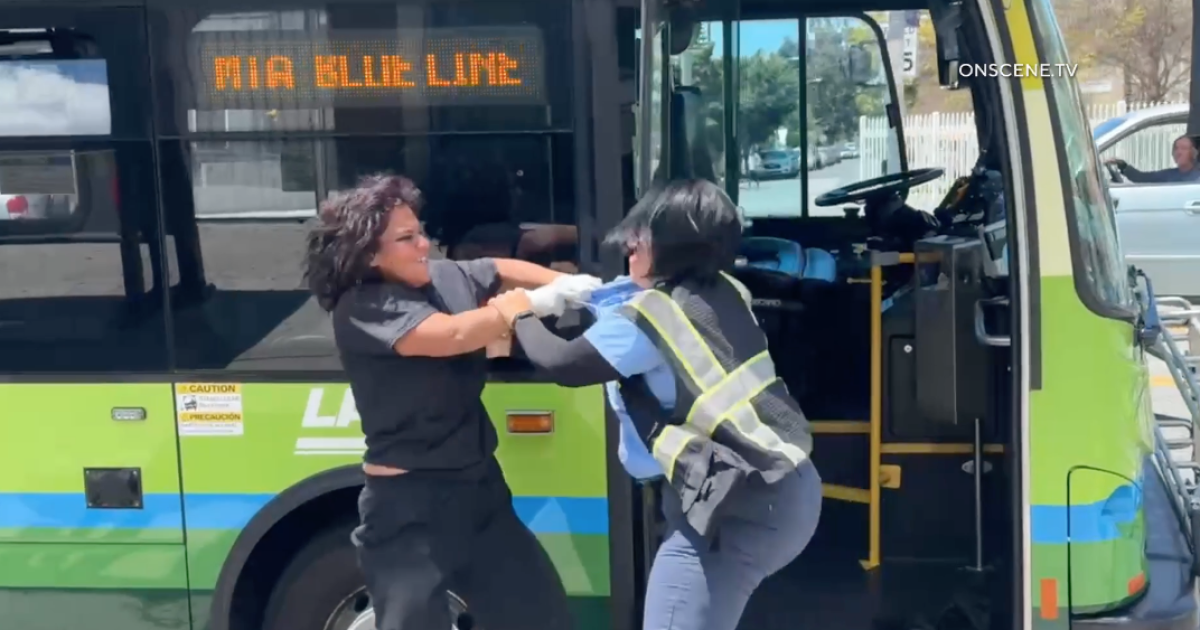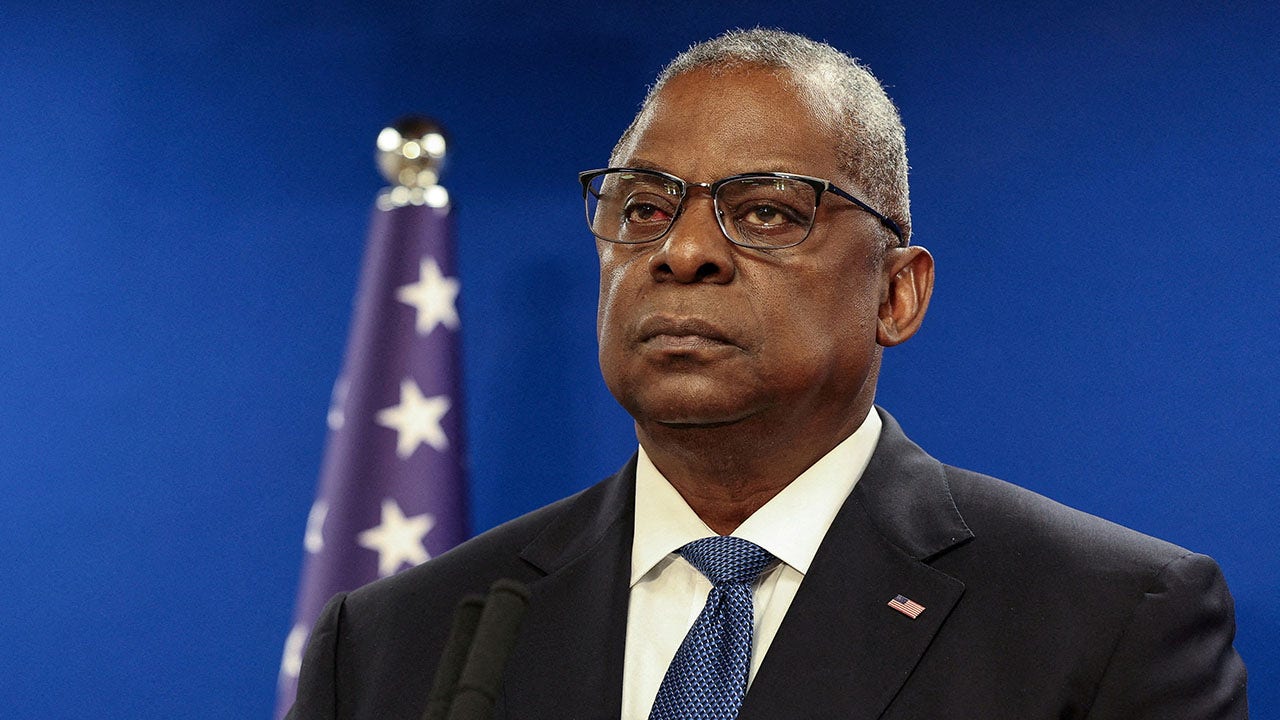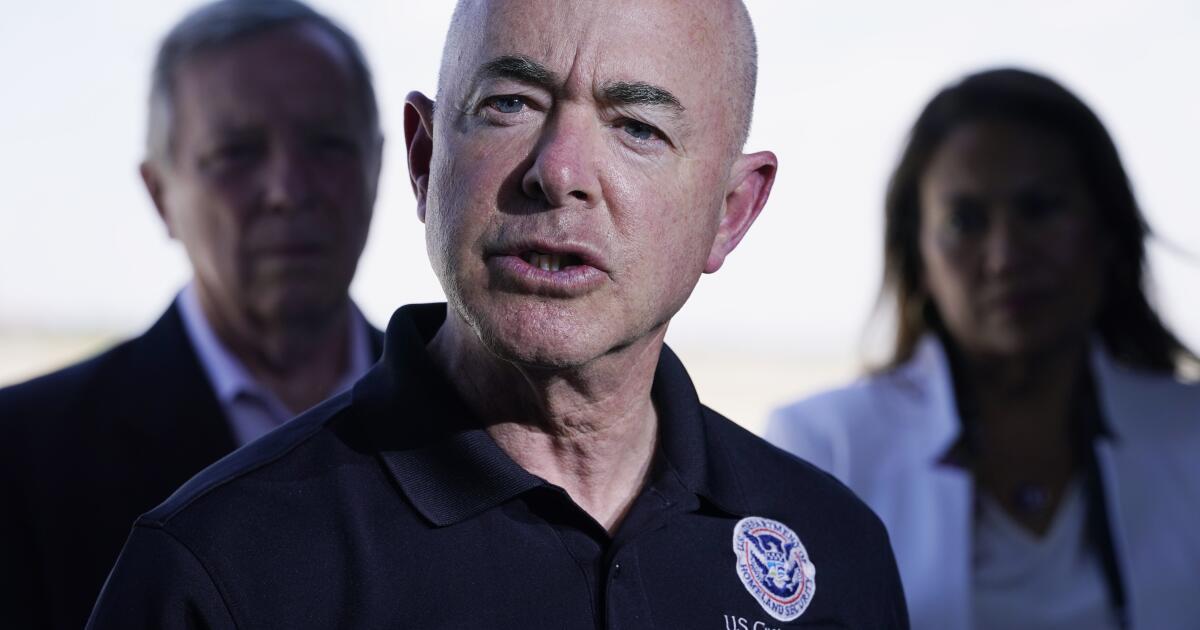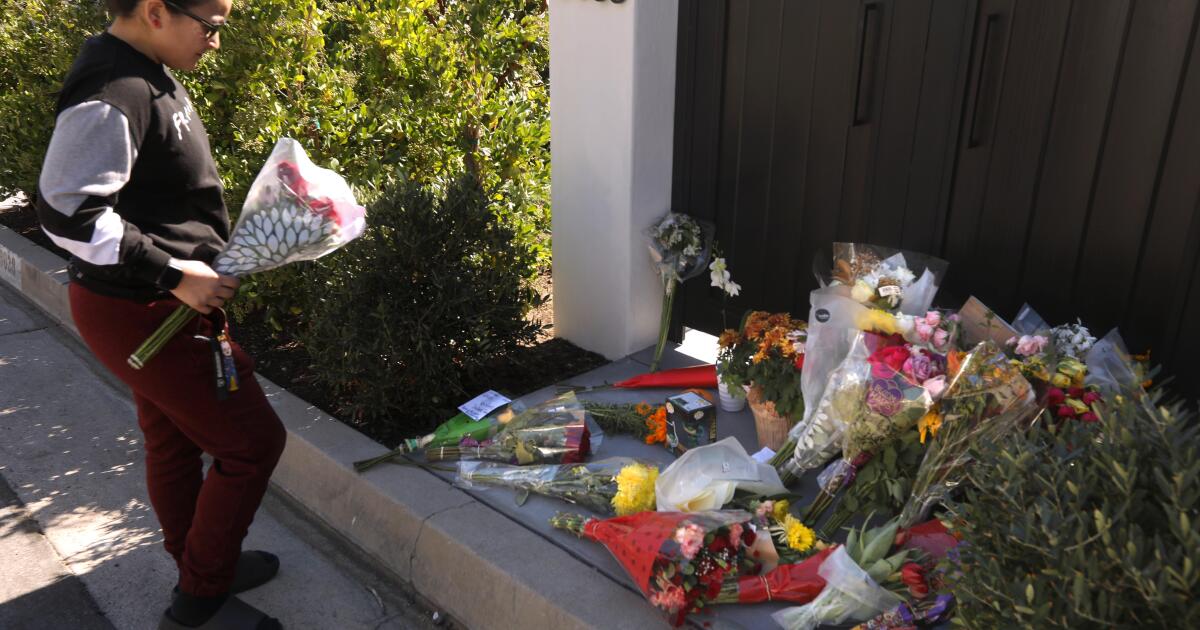Panic buttons on some Los Angeles buses don't connect to anyone, plexiglass shields around drivers were not intended to stop physical attacks, and union officials representing drivers say other safety measures touted to protect drivers are simply not enough.
“There has to be more,” said Lourdes García, secretary-treasurer and senior director of Teamsters Local 572, the union that represents drivers of the city's DASH transportation service. “It's time to be honest about what's happening.”
A series of violent attacks has raised concerns about the safety of bus drivers, prompting the Los Angeles County Metropolitan Transportation Authority to declare an emergency over the attacks.
During a Los Angeles City Council Transportation Committee meeting on June 5, Los Angeles Department of Transportation officials touted panic buttons on DASH buses, plexiglass around drivers, training, video cameras and radios as measures to keep drivers safe.
But drivers and union leaders say many of the safety measures fail. The panic buttons that drivers can press, for example, do not connect to a dispatch center or any emergency services. Instead, the button plays a recording that instructs passengers or others to call 911.
“You better just be honking,” Garcia said. “You have to trust someone, a good Samaritan, to hear it or, if you're on the highway, someone might not hear it.”
Concerns about the safety of bus drivers have increased after several reported attacks on drivers, including some that were caught on video.
In one incident on May 5, a female passenger attacked a Metro bus driver at Central Avenue and Jefferson Boulevard.
The woman is seen pushing and hitting the driver, who then kicks her in an attempt to get her off of her.
In March, a passenger carrying a BB gun hijacked a Metro bus and then crashed into several cars and the Ritz-Carlton hotel in downtown Los Angeles.
Another Metro driver was stabbed in April in Willowbrook in an attack captured on video. The driver can be heard shouting: “Help me! Help me!” during the attack.
Safety concerns led hundreds of operators to call out sick in May, delaying dozens of Metro bus routes.
Much of the attention has been focused on Metro buses, but officials have also raised concerns about safety measures being taken for DASH drivers, who operate the free shuttle service in 27 communities, including the Center of Los Angeles. DASH buses power the county's Metro transportation system.
The Los Angeles police patrolled DASH buses until 2021, when the contract with the agency expired. Officials said there were plans to replace them with security ambassadors, but they were never implemented.
Adriana Avila, president of Teamsters 572, told the city's transportation committee that drivers have complained that safety training sessions have not been held and that bus radios are not working in several areas of the city.
Some radios, he said during the Jan. 5 meeting, don't work at all.
The plexiglass surrounding the drivers, officials noted, was placed there as a precaution against the COVID-19 virus, not to stop unruly passengers.
“When you're out there, you're alone,” Garcia said.
LADOT, which oversees DASH buses, is currently working to fix the radio issues, a spokesperson said.
“Ensuring the safety of both drivers and passengers on our buses is one of LADOT's top priorities,” agency spokesman Colin Sweeney said in an email. “In some cases, drivers have reported connection difficulties in certain areas of the city such as hillsides and canyons, and LADOT is currently evaluating technical solutions to maintain communication with vehicles in transit at all times.”
Sweeney also added that buses undergo pre-trip inspections before each shift to ensure drivers can connect to dispatch and that panic buttons are working.
But that's not enough, Councilwoman Traci Park, vice chairwoman of the city's Transportation Committee, said during the June 5 meeting.
“We have removed our law enforcement partners from traffic and, in [the Department of Transportation’s] “In this case, I never managed to replace them with ambassadors or anything except plexiglass and panic buttons to nowhere,” Park said. “I feel that our passengers and operators are abandoned to their fate, unprotected. Radios, panic buttons and plexiglass here and there are not enough.”
City officials said they plan to schedule training to reduce tensions for drivers and review safety measures that can be implemented to protect drivers, with discussions involving the Los Angeles Police Department, LADOT and union officials.
Garcia said union officials and drivers are encouraged that LADOT and the City Council are now paying more attention to driver safety and violent incidents on board, but noted that many of the concerns being addressed were raised by drivers for months.
“We've been telling them this,” he said. “They finally have this sense of urgency to address the problem, and we appreciate that.”












